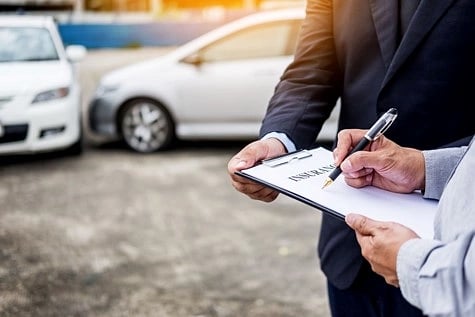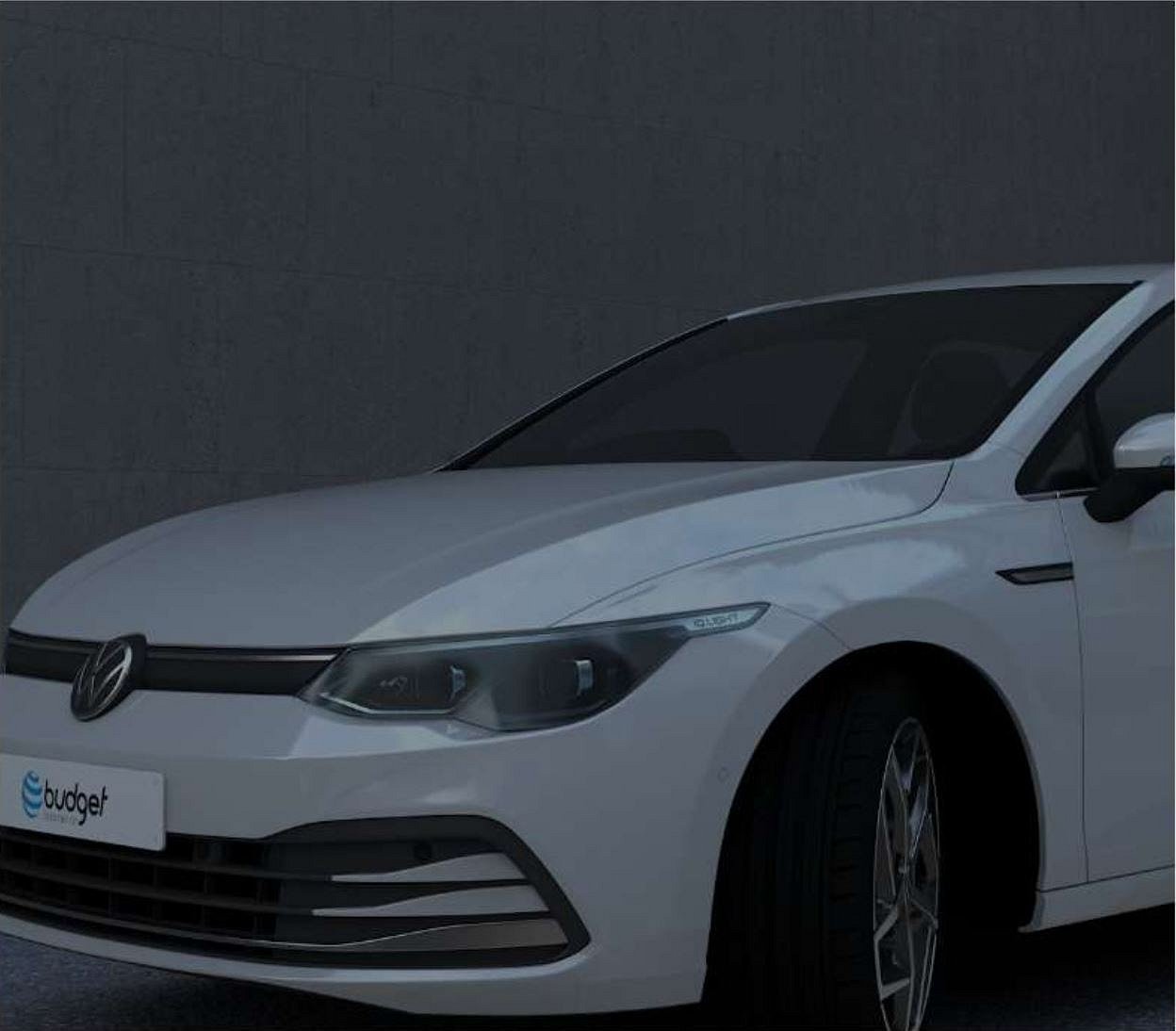Its all Insurance
Do you need legal cover?

Its all Insurance

It’s inevitable that, at some stage, you will have to drive in rough weather conditions. Driving in extreme weather is challenging, so it’s important to know what to do regarding safety and what your insurance covers if you incur any damage to your car. At Budget Insurance, we want to ensure you have the best cover for car insurance. Most importantly, we want you and your car to be safe when driving, especially if the weather is unpredictable. Discover more about how to drive in several different types of weather conditions.
South African drivers enjoy driving in sunny weather most of the year. However, this doesn’t mean you’ll always drive in good weather conditions. Sometimes, you will encounter bad weather, which requires you to adjust your driving.
Various types of bad weather affect our ability to drive, including some of the following:
Hail: Not only can hail damage your vehicle, but it can also reduce visibility. It creates a slick layer on the road, so your car could skid out of control.
Rain: Heavy rains can affect visibility, creating uneven road surfaces. This is because rainwater builds up on the road, creating a layer of water between the tyre and the road. This can result in your vehicle aquaplaning[1] when braking[1]
Flooding: This often happens in low-lying areas that receive a lot of rain. We’ve seen catastrophic flooding that occurred in some parts of KwaZulu Natal in 2022 that affected many motorists. Moving water can drag a car off the road, so you must take precautions. Avoid driving if it’s flooding. If you are on the roads during a flood, reduce your speed and don’t attempt to cross any flooded roads.
Fog and mist: These weather conditions decrease road and driving visibility.
Strong winds: Winds can be dangerous[2] when blowing in different directions relative to your car's motion. You’ll need to adjust your driving speed. Side winds can be even more dangerous as they move the vehicle across the road or, in the case of large vehicles, they can blow them right over!
Smoke from veld fires: Reduces road visibility.
Driving a car on a straight path in heavy winds can be challenging. You may have had a taste of this sort of challenge when overtaking a cargo truck. Here are some ways to navigate driving in heavy winds:
Slow down: Heavy winds affect a car’s stability, shifting it out of its lane. Slowing down helps you maintain control of the vehicle and keeps it on the road and in the right lane.
Keep both hands on the steering wheel to gain better control. Controlling a car is easier if you keep both hands on the steering wheel. You can see this even in motorsport, where drivers always have both hands on the wheel.
Increase the following distance: Under normal conditions, keeping a two-second distance between your car and the one in front of you is safe. However, heavy winds can push your car to move faster than anticipated and cause you to knock into the vehicle in front. To avoid this, increase the following distance to five or six seconds.
Be alert: Heavy winds can blow objects onto the road, like tree branches or dangerous debris. Always pay extra attention to the road and surroundings when driving in heavy winds if you need to take sudden corrective action.
Prepare for your road trip well ahead of time. This involves checking the weather reports before starting your journey. Installing a weather app on your phone is even better for keeping yourself updated throughout your trip.
South Africa’s roads are known for having potholes, which are even more dangerous when filled with rainwater. While driving in rainy conditions, you need to take these precautions:
Increase the following distance. This will give you ample time to react if the car in front of you suddenly brakes.
Slow down. When it’s raining, road visibility, and tyre traction on the road, is often compromised. Slowing down the car can help prevent accidents due to the increased reaction time needed to stop the vehicle. It will also mean that your traction on the road will improve.
Switch on the headlights and fog lights. This increases your visibility to other road users and helps avoid collisions. Another way to increase visibility is by switching on your air-conditioning to avoid the windscreen fogging.
Avoid sudden braking. On a wet road, water wedges between the car tyres and the road's surface — a phenomenon known as aquaplaning or hydroplaning. This makes your car less responsive to steering and can cause the car to skid when you suddenly slam on the brakes. If your car uses anti-lock brakes, press on the brakes steadily.
The safest way to avoid problems associated with driving in a hailstorm is not to drive in it in the first place. This is possible if you plan ahead for your journey. Weather reports and apps will warn you about the possibility of hail. If you are aware of a hailstorm, it’s advisable to park your car somewhere safe and wait it out.
However, you may be forced to drive in a sudden hailstorm. The best you can do is take precautions, including the following:
Pullover at a safe spot. If you are able, pull over and wait until the hailstorm clears. You should also avoid parking under a bridge in case of rising water levels.
Face the oncoming hailstorm. If you stop the car, face the windscreen into the hailstorm. The windscreen and headlights are stronger than the side windows and tail lights.
Stay inside your vehicle. Get off the road safely and keep your headlights on. Stay in the car while protecting yourself, especially your eyes, from shattering glass.
It’s far safer to avoid driving in floods by not taking the car journey in the first place. However, if it’s unavoidable, you need to take the following safety measures:
Avoid driving into moving water. It only takes .6 metres of moving water to sweep a car off the road[3] If your car is swept off the road, exit the vehicle as quickly as possible.
Look for alternative roads. Take note of public service notifications and use safer driving routes, as advised by the traffic authorities.
Avoid driving in deep water. There’s a possibility that your car’s engine may stall in the water. This could damage the engine.
Inclement weather, such as floods or hail, can damage your vehicle. If this were to happen to your car, would your insurance cover the damage? Does car insurance cover hail damage?
The answer is that it depends on your car insurance coverage and the insured events that are included in your policy. Third-party only and Third-party fire and theft insurance do not cover extreme weather damage. For full protection against the risks of inclement weather, you will need Comprehensive Car Insurance.
However, it will not include damage to personal possessions in your car. If you usually carry valuable items such as a phone, laptop and valuable jewellery in your car, we recommend getting Portable Possessions Insurance.
Extreme weather can cause damage to your vehicle. It’s worth having car insurance that can cover this sort of risk. Request a free online car insurance quote.
--------------------------------------------------------------------------------------------------------
Sources:
[1] AA: What is aquaplaning?
[2] ArriveAlive: Safe driving in strong winds
[3] ArriveAlive: Road safety and flood risks for drivers and pedestrians
Disclaimer: The information in this article is provided for informational purposes only and should not be construed as financial, legal, or medical advice.
